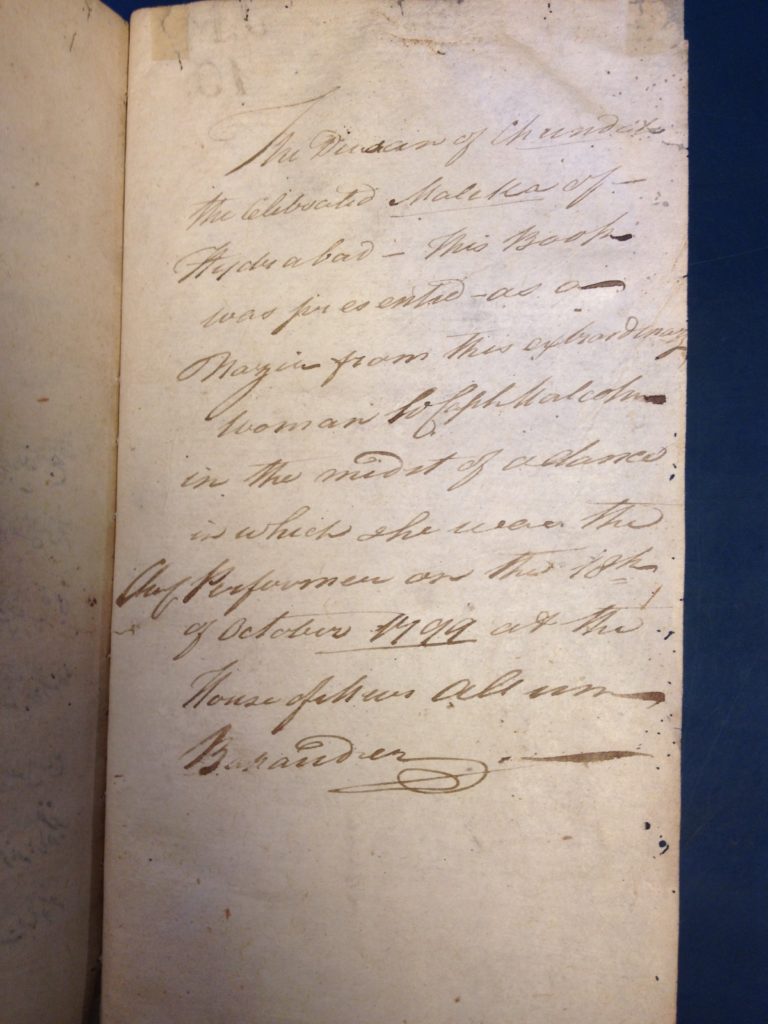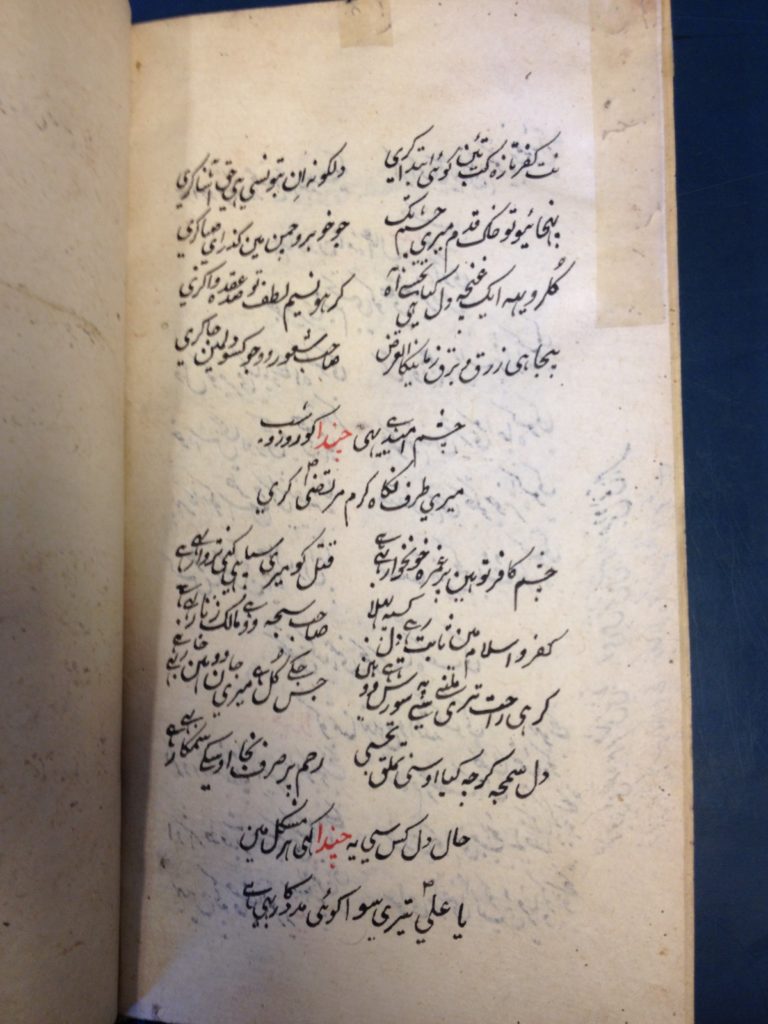This article is available for free online as part of Virtual Commons, the open-access institutional repository of Bridgewater State University, Bridgewater, Massachusetts. Click here to download it.
Abstract:
“Women historiography has been one of the major concerns of the feminist movement particularly since 1960s. Looking at the figure of the courtesan in India—its histories, representations, repression and re-emergence, the paper seeks to problematize discourses of both Universalist and minority history writing that have been built around these women. In the context of Post-Colonial theory, and in the light of the dynamic nature of the categories of Truth, Power, Knowledge, and Discourse, the paper seeks to salvage Foucault’s methodology of writing a genealogical history as opening new avenues within the history of the courtesan in India in particular and women’s history writing in general.”
Introductory Summary
“The courtesan has been a key figure in the articulation of deep anxieties that have constituted the experience of an ‘Indian’ modernity. Produced through a complex entanglement of practices and re-significations of social meaning over the course of the 20th century, it is perhaps not surprising that the figure of the courtesan seems to be an enduring object of attention across varied domains of colonial (and now, post-colonial) law, economics and hygiene, from ‘canonical’ nationalist literature to popular culture. Rather, what ought to be surprising is the relative invisibility of the courtesan in academic discourse, evincing little interest as a subject for critical historical study. Of the few studies that have been done, we find that a number of them seem only to reproduce notions deeply entrenched in the production of ‘woman’ as a subject/object of colonial modernity, in the process re-affirming the legitimacy of its violence.”
Noteworthy Critique of Moti Chandra’s The World of Courtesans (1976)
See our citation of Moti Chandra’s The World of Courtesans here.
“We may begin by illustrating this point through a look at two histories of the courtesan and how they replicate a particular logic of containing, disciplining and ‘silencing’ the courtesan subject. Moti Chandra, in his study The World of Courtesans (first published in 1976), attempts to provide a compilation of the various kinds of roles played by the courtesan women since the Vedic period. He talks about their sexual, ritual and sacred roles and, citing various sources, catalogues the various terms that have been employed for the courtesans over the ages—ganika, khumbhadasi—and the hierarchies between these various terms. At the same time, the book is framed by a narrative that sees courtesans as women who ‘served the baser needs of society but were also a symbol of culture and arsamoris.’ At the same time, while Moti Chandra sees these women as morally base and ‘living the life of shame’, he nonetheless reveals a deep anxiety towards the ‘crafty’ and ‘worldly-wise’ ways of these women: ‘…courtesans tempt(ed) their lovers, perhaps depriving the rich Aryans of a part of their possessions in cattle and gold.’ Further, Chandra seeks to configure the courtesan women primarily according to their sexual function, seeing it as the sole aspect that ‘explains’ all dimensions of the courtesan, sexual, cultural and political. In this sense, Moti Chandra’s history of the courtesan women does not explore the complexities of the inter-relationships between these women and the extant patriarchal structures, even though it is a ‘women’s history’.”


